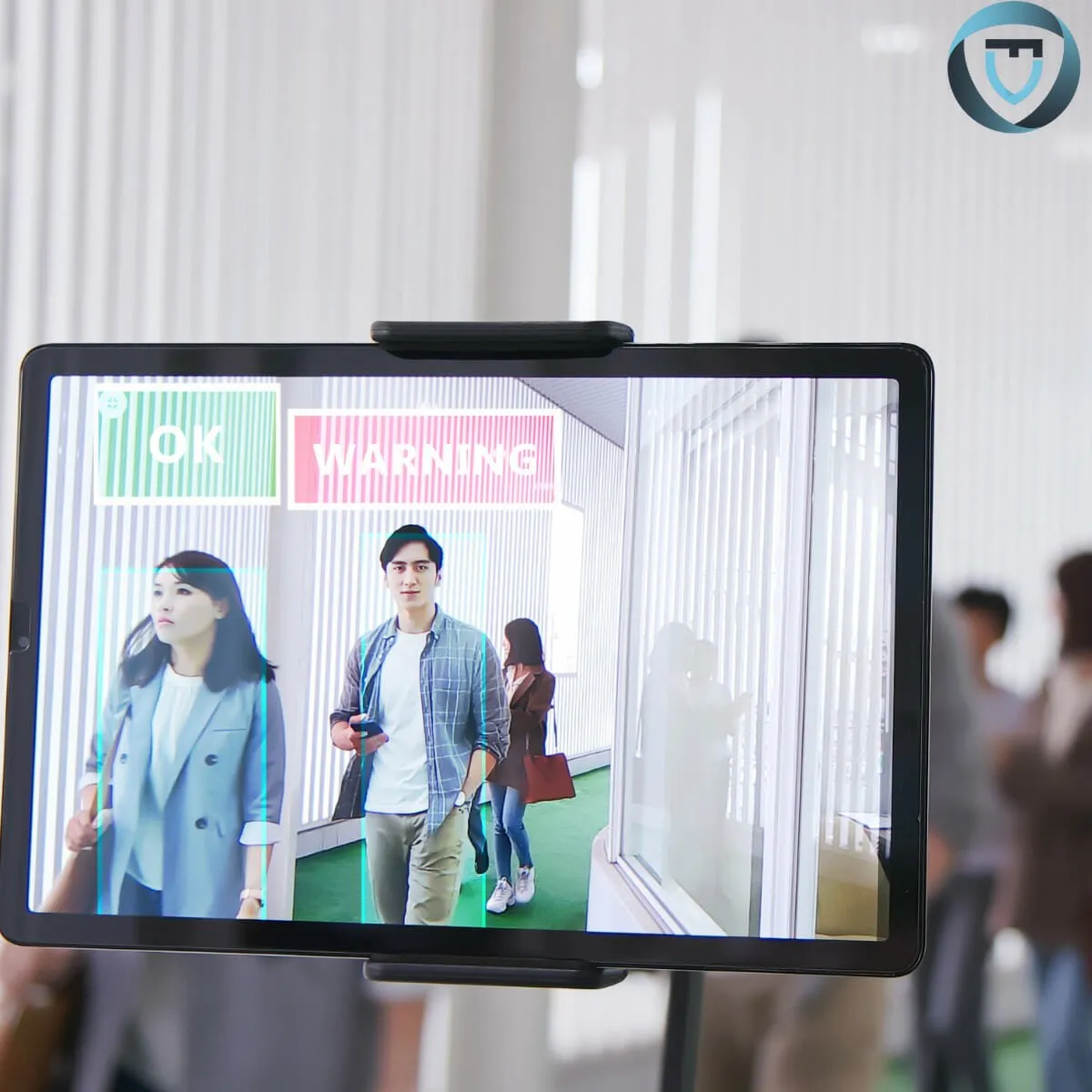Introduction
The advent of facial recognition technology has ushered in a new era of surveillance for law enforcement agencies around the world. While proponents argue that it can enhance security and help solve crimes, deploying facial recognition software in public spaces has sparked considerable controversy. Against the backdrop of a high failure rate of accuracy, it becomes increasingly evident that the dangers of this technology cannot be ignored. A Full Data Protection Impact Assessment (DPIA) is always required because facial recognition is classified as sensitive personal data.
The Met’s Troubling Track Record
The Metropolitan Police in the UK has been at the forefront of deploying facial recognition technology in public spaces. However, their experience with the technology has raised significant concerns. Between 2016 and 2018, The Met carried out eight trials of facial recognition technology, resulting in an alarming 96 percent rate of “false positives.” This means that the technology wrongly identified innocent individuals as potential suspects in the vast majority of cases.
Even more concerning is the fact that these high rates of failure led to only eight arrests from facial recognition matches during these trials. This raises a fundamental question: Is the sacrifice of privacy and civil liberties justifiable when the technology’s effectiveness remains so questionable?
High Failure Rates Outside Westfield Shopping Centre
One particularly stark example of the technology’s shortcomings comes from deployments outside the Westfield shopping centre in Stratford. During these deployments, the facial recognition system recorded a 100 percent failure rate. In other words, it was completely incapable of accurately identifying individuals. Such failures not only erode public trust in law enforcement but also waste valuable resources that could be better allocated elsewhere.
Innocence at Stake: The Case of a 14-Year-Old
Perhaps the most distressing illustration of the dangers posed by facial recognition technology is the case of a 14-year-old black schoolboy. This young individual was wrongly identified by the system, leading to his fingerprinting. This incident serves as a stark reminder that the technology is far from infallible and can have severe consequences for innocent people, especially when misidentification occurs.
In a Harvard University article authored by Alex Najibi, it was noted that “increasingly extensive research highlights differing error rates among demographic groups, consistently revealing the least accurate results in individuals who are female, of Black ethnicity, and within the age range of 18-30 years.”
The Threat to Civil Liberties
Privacy campaigners have been quick to respond to these alarming developments, and they have vowed to launch new legal challenges against the expansion of facial recognition technology. They argue that the technology represents a serious threat to civil liberties in the UK. Indeed, the idea of being constantly surveilled in public spaces raises profound concerns about personal privacy and the potential for abuse.
Conclusion
The deployment of facial recognition technology in public spaces is a contentious issue that deserves close scrutiny. The high failure rate of accuracy, as seen in the case of The Met’s trials, underscores the potential dangers of this technology to innocent individuals and civil liberties. As we move forward, it is crucial to strike a balance between security concerns and the preservation of personal freedoms. While technology can be a valuable tool in law enforcement, its use should be subject to rigorous oversight and accountability to protect the rights and privacy of all citizens.

